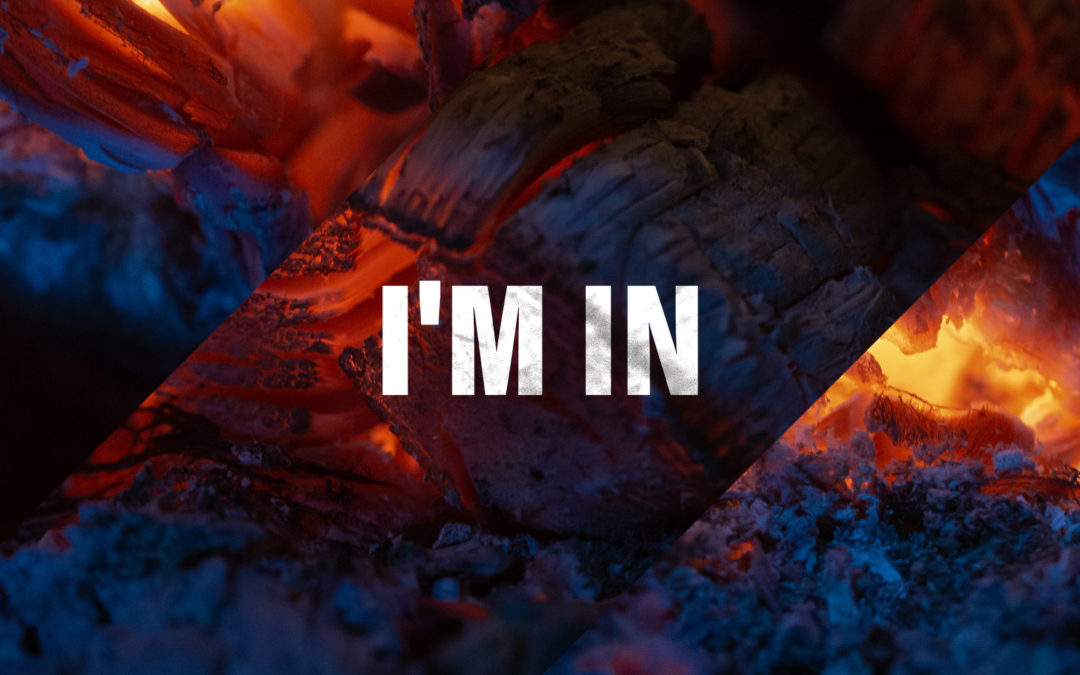To paraphrase the author David Foster Wallace, there is no such thing as not worshipping; the only choice we get is what to worship, the classic obvious examples being power or money, although most of us worship ourselves most of the time. But, as Wallace says, a compelling reason for choosing to worship God is that pretty much anything else you worship will eat you alive.
Everything that our culture considers worthwhile or valuable, everything that is antithetical to a self-sacrificial gospel-centered life, demands something from us, takes from us, and gives nothing in return. It leaves us used up and empty. From this we develop a scarcity mindset because we feel we will never have enough, and certainly not enough to share with others.
When Jesus fed the large crowd with two small fish and five loaves of bread, he followed essentially what Dom Gregory Dix calls “the shape of the liturgy.” We see him follow the same pattern in the post-resurrection breakfast on the beach in John 21 and the Last Supper in Matthew 26 and the supper with friends in Emmaus we read about in Luke 24. Jesus always follows a basic pattern of taking the food, blessing it, breaking it, and giving it.
Eugene Peterson explores this concept beautifully in his book Living the Resurrection. He says:
Jesus takes what we bring to him — our bread, our fish, our wine, our goats, our sheep, our sins, our virtues, our work, our leisure, our strength, our weakness, our hunger, our thirst, whatever we are. At every table we sit down to we bring first of all and most of all ourselves. And Jesus takes it — He takes us.
Jesus blesses and gives thanks for what we bring, who we are in our bringing. He takes it to the Father by the Holy Spirit. Whatever is on the table and around the table is lifted up in blessing and thanksgiving. …
Jesus breaks what we bring to him. All too often we come to the table with our best manners and a pose of impenetrable self-sufficiency. We’re all surface, all role — polished and poised performers in the game of life. But Jesus is after what is within, and he exposes the insides — our inadequacies. At the table we’re not permitted to be self-enclosed. We’re not permitted to remain self-sufficient. We are taken into the crucifixion. … The breaking of our pride and self- approval opens us up to new life, new action. …We discover this breaking first in Jesus. Jesus was broken, his blood poured out. And now we discover it in ourselves.
Then Jesus gives back what we bring to him, who we are. But it is no longer what we brought. Who we are, this self that we offer to him at the Table, is changed into what God gives, what we sing of as Amazing Grace.
Peterson is talking here about the Eucharist, the resurrection meal, but the metaphor continues into every meal we participate in every day, and though the shared meal provides a perfect opportunity to remember the resurrection, we do this through more than just food. Indeed the liturgy of bringing what we are to receive his blessing and to be broken, and then to receive so much more than we dared hope, shapes our days and our lives.
Whatever we give, Jesus blesses and multiplies. If we hang onto what we have like tiny dragons guarding our hoard, that’s all we’ll ever have. We must learn to replace our scarcity mindset with an abundance mindset. We serve a generous God, and when we are generous toward others, we are acting as his image bearers, his ambassadors to a world in need and hungry for food that satisfies. If God can feed thousands of people from a Lunchable, just think what he could do with your life. Give it to him. It’s his anyway. But when we give freely to the Lord, we are allowed to participate in his generous redemption work, and that is deeply satisfying.
Written By: Jess Glass

